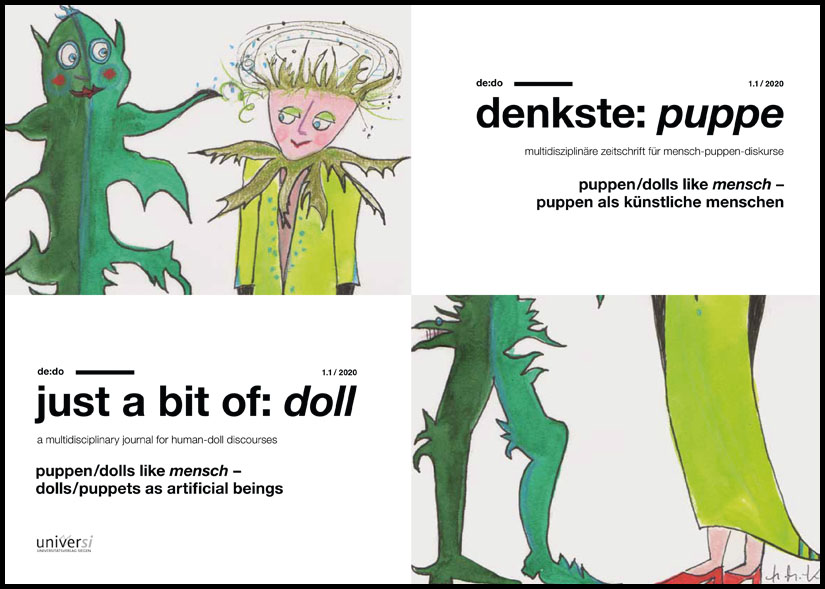Dolls/Puppets as Appearances of the Others – Mondo Cane by Jos de Gruyter & Harald Thys
Keywords:
Oskar Kokoschka, Alma Mahler, doll, fetish, museAbstract
Between July 22, 1918 and April 6, 1919, Oskar Kokoschka sent twelve letters and a sketch in oil to the doll maker Hermine Moos, instructing her to make a doll modeled after his lost love Alma Mahler. They document how the Austrian expressionist’s former fiancée was first stylized into an already artificial model and then transferred in this role to the body of a doll. A female and artistic ideal is created from various set pieces of different provenance, revealing the interweaving of the artificial and the natural in the constructed woman. As an externally determined image she becomes the origin of male, in this case explicitly artistic, creative power. It is an inversion of the original Pygmalion myth, which gives birth to the ideal from the imagination and wants to turn it into reality.
Downloads
Published
How to Cite
Issue
Section
License
Copyright (c) 2020 Jaana Heine

This work is licensed under a Creative Commons Attribution-ShareAlike 4.0 International License.



